Satellite photos show China and Taiwan are digging in amid rising tensions
China and Taiwan have avoided a direct clash for more than 70 years. But satellite photos hint this uneasy peace could soon end.
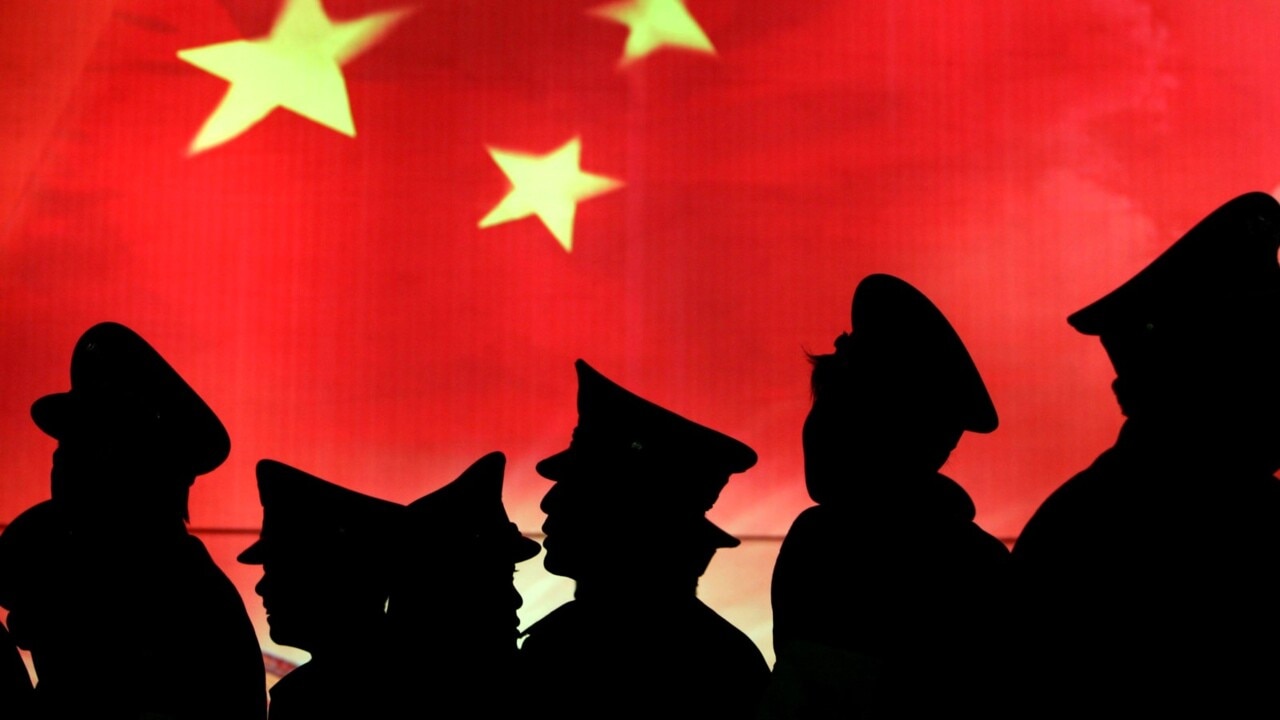
China and Taiwan have avoided a direct clash for more than 70 years. But satellite photos showing a new spate of airfield upgrades hint this uneasy peace may soon come to an end.
Military analysis blog The Warzone reports three major Peoples Liberation Army Air Force (PLAAF) airfields on mainland China have completed extensive upgrades.
Commercial satellite photos show new hardened hangars, ammunition bunkers, extended parking aprons and additional weapons emplacements at facilities within 300km of Taiwan’s capital, Taipei.
The 128km-wide Taiwan Strait separating Taiwan from mainland China has been the focal point of a perpetual crisis since the civil war of 1949. An unofficial “median line” through its centre keeps the two sides from coming to blows. But Beijing’s claim to sovereignty over the waterway is regularly challenged by “Freedom of Navigation” displays by the United States and others, including Canada.
Chairman Xi Jinping’s determination to assimilate the last standing outpost of the Republic of China under his Communist Party of China’s umbrella has upset the status quo. And an endless sequence of naval and military aircraft combat exercises indicate he’s willing to back up his threat of “using any means necessary” to achieve that goal.
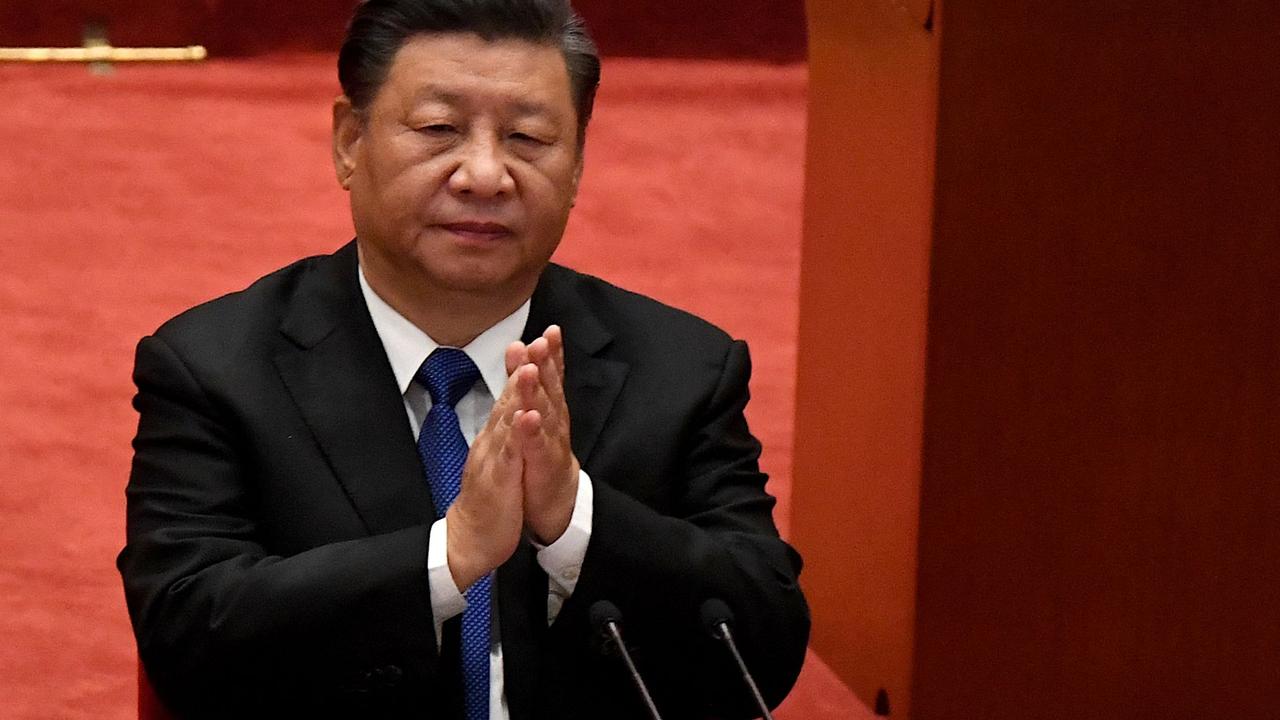
Early signs of Beijing’s efforts to strengthen its military facilities closest to Taiwan emerged last year. Since then, the work has only continued to expand.
Now satellites also reveal Taiwan is taking similar action, with a major airbase in Taitung Province featuring new surface-to-air defences and 16 additional protected aircraft shelters.
The construction work comes amid another upsurge in provocative combat aircraft flights by Beijing, along with its ever-escalating rhetoric.
In fighting form
The three Chinese forward facilities examined by The Warzone include Huian, Longtian and Zhangzhou airbases.
All have received significant upgrades in the past two years, despite the difficulties posed by the Covid-19 pandemic.
The work suggests preparations for further increases in air activity.
#China's upgrading airbases located opposite #Taiwan, boosting airpower capability in a tense region, this, coupled with flights through #Taiwan's ADIZ, all appear to be in line with #Beijing's evolving aggressive posture towards the island nationhttps://t.co/nKVP1v9JtQ
— d-atisâ˜ ï¸ (@detresfa_) October 14, 2021
Larger parking aprons mean more aircraft can be temporarily parked and moved between various services, such as refuelling and rearming.
Extra storage for ammunition and fuel means they can sustain a greater level of operations for longer.
And new air defence emplacements and armoured shelters offer a degree of protection for the valuable hardware concentrated in these obvious targets.
With the recently heightened tensions between Beijing and Taipei, construction of infrastructure is seen on both sides of the #TaiwanStrait. At Chihhang Airbase in Taitung Province, #Taiwan seems to be building 16 new hardened aircraft shelters. pic.twitter.com/JpkrZRaA9L
— Orion_int (@Orion__int) October 17, 2021
Meanwhile, Taiwan News reports the Chihhang Airbase in Taitung Province, on Taiwan’s southern edge, is being prepared to house new F-16 Viper fighters due to be purchased from the United States.
The 66 interceptors are being bought to replace Taiwan’s existing fleet, which is showing signs of wear-and-tear amid China’s increased tempo of “probing” flights. The first are due to be delivered in 2023.
Meanwhile, Chihhang Airbase is being upgraded to provide maintenance and protection for its combat aircraft with new hangars, ammunition bunkers and what may be a new air-defence gun/missile emplacement.
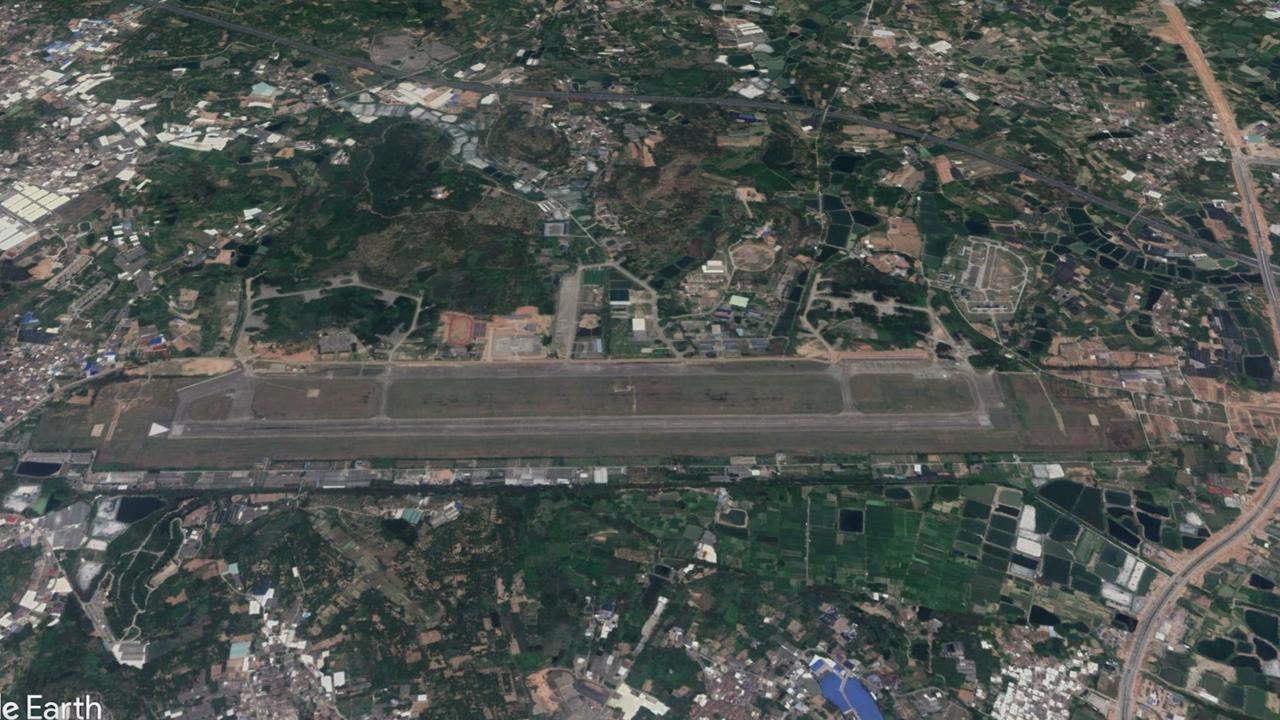
Focus on Taiwan
China’s highest level of air activity around Taiwan came between the two nations’ national holidays. October 1 celebrates the victory of the Chinese Communist Party in 1949. October 10 commemorates the Republic of China’s overthrow of the last emperor in 1911.
Two flights totalling more than 50 aircraft set alarm bells ringing around the world. Strategic bombers, long-range fighters and command-and-control aircraft paraded to the south of Taiwan and into the Luzon Strait between it and the Philippines.
But the mission was a considered exercise in messaging, with analysts noting the formations lacked key combat capabilities to be effective as strike formations.
Around the same time, Chinese troops practised amphibious beach landings by tank, assault craft and helicopter directly opposite Taiwanese shores.
The Communist Party-run Global Times stated that the activity was “not only a severe warning to the secessionist Democratic Progressive Party (DPP) authorities on the island, but also clearly portrayed the severity of the situation across the Taiwan Straits”.
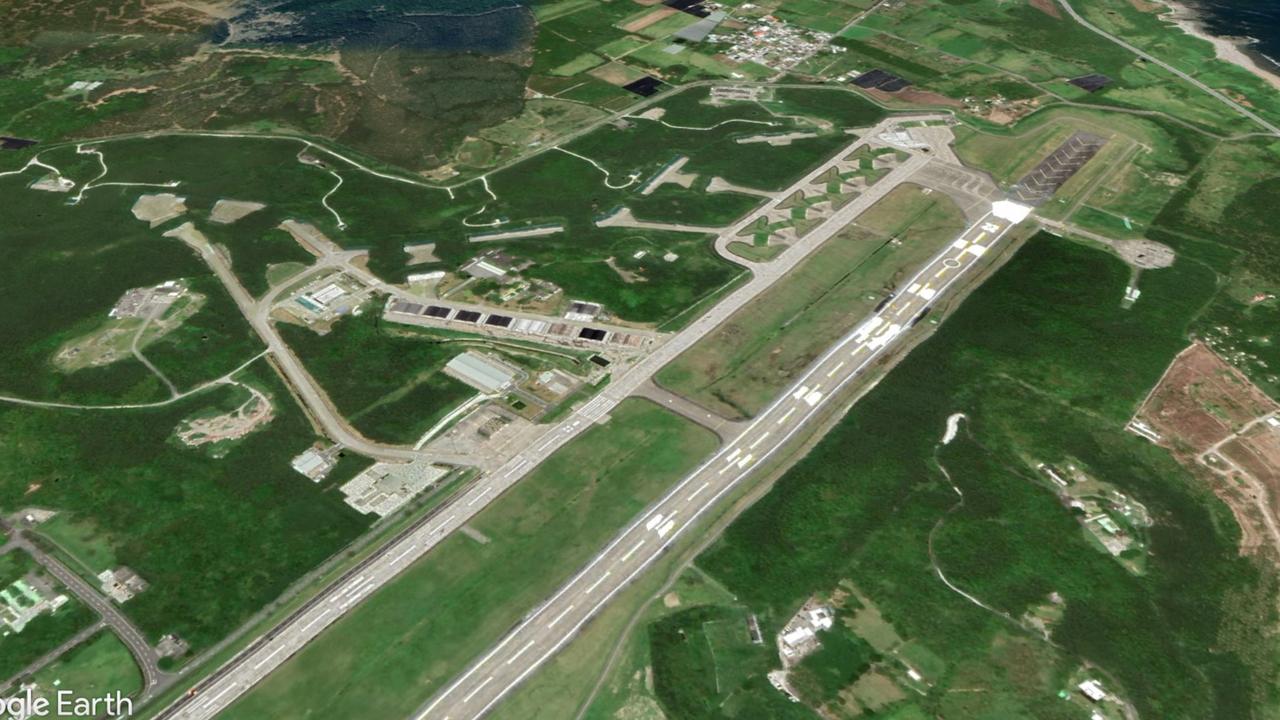
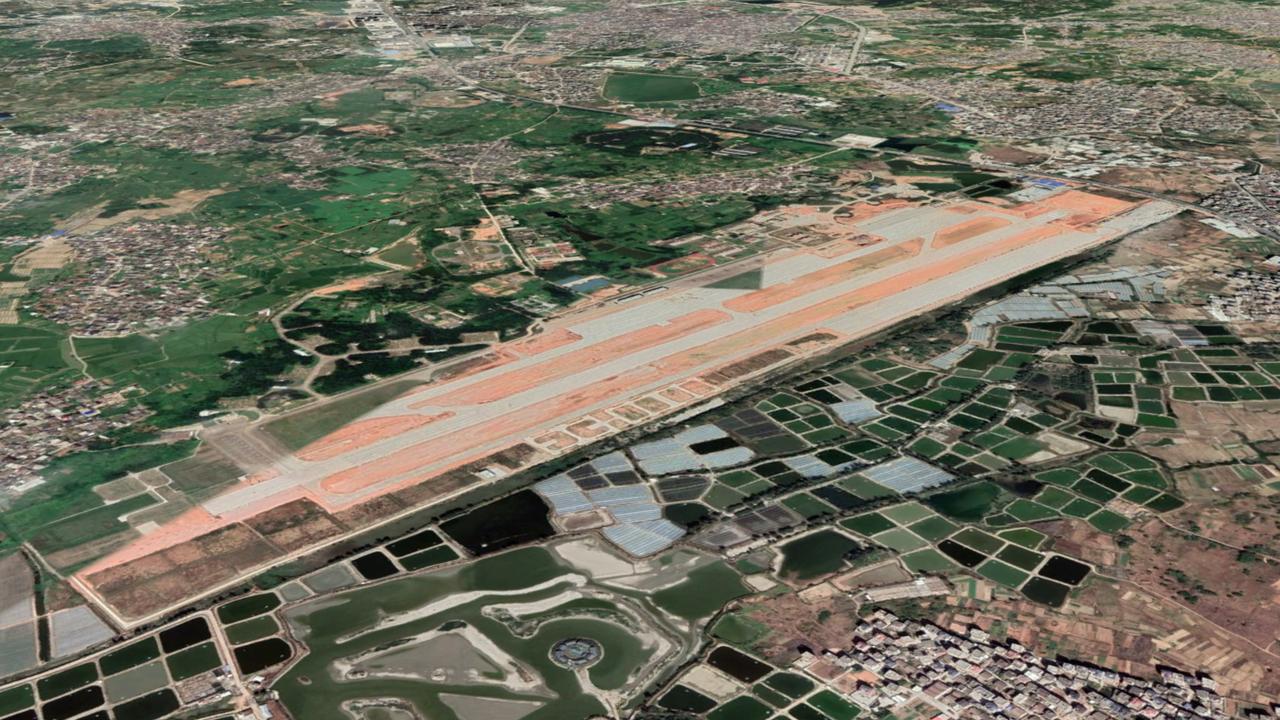
The world is taking these threats seriously.
Earlier this month, three aircraft carrier battle groups – each led by HMS Queen Elizabeth, USS Ronald Reagan and USS Carl Vinson – engaged in a multinational display of military might in the contested South China Sea.
Now, Beijing says, it is facing “challenges on almost every side”.
“The struggle to safeguard national unity and territorial integrity, to fight against secession and terrorism in border areas, tends to be a long game, and will be even more so now with a new period of instability in the Taiwan Strait,” former PLA National Defence University professor Ouyang Wei told the South China Morning Post.
“The growing uncertainties at sea have complicated coastal defence efforts, as China has been steadily deepening its dependence on international trade, energy and strategic routes on the sea, the scope of coastal defence is expanding, and the security threat and strategic pressure are increasing.”




